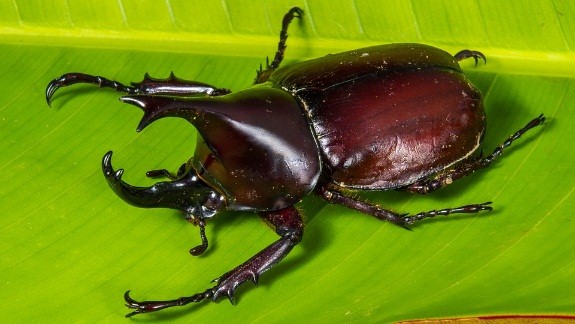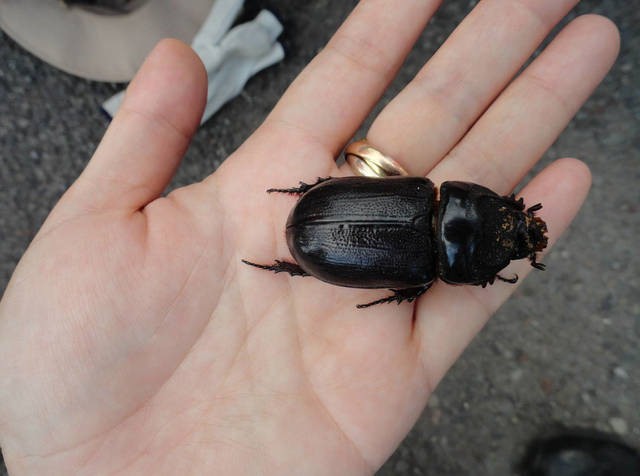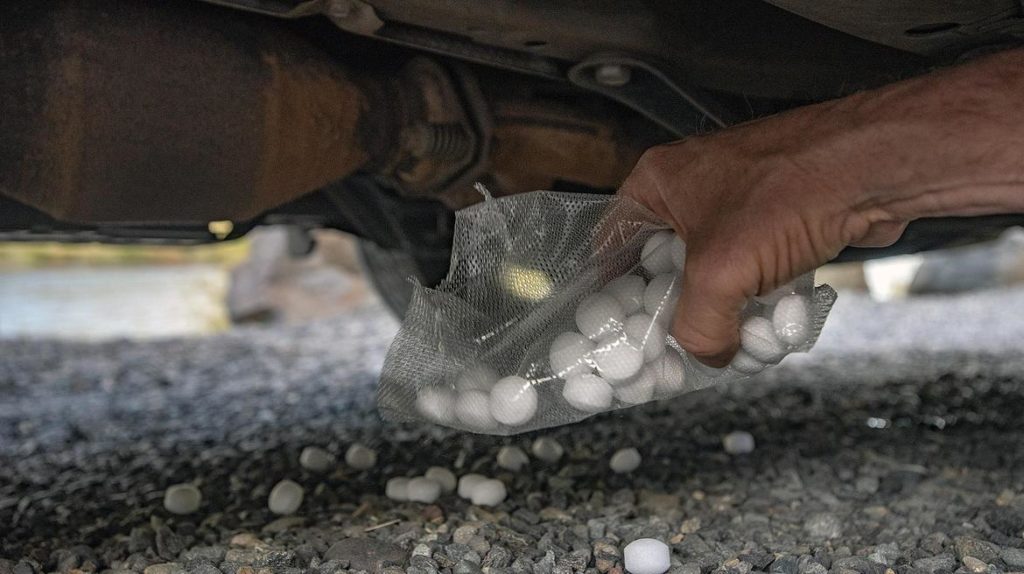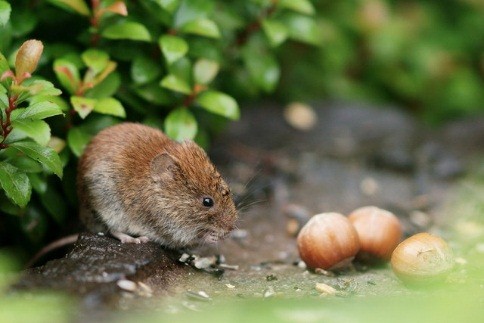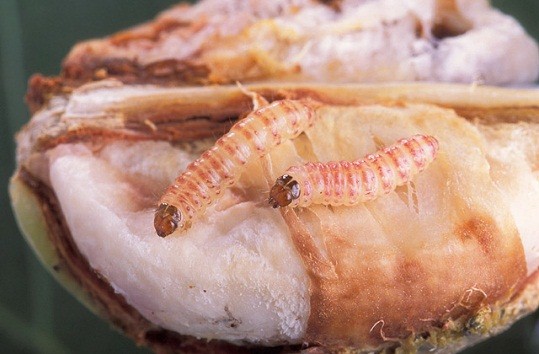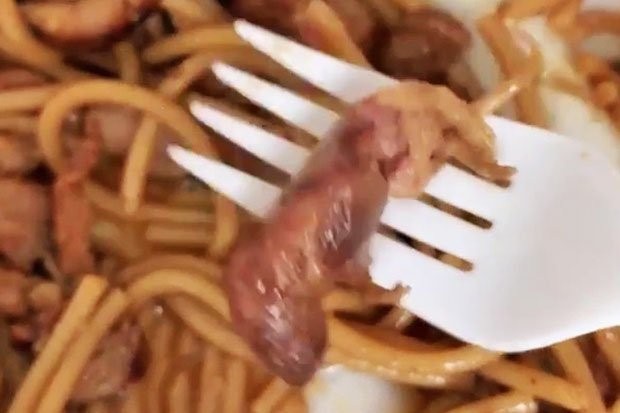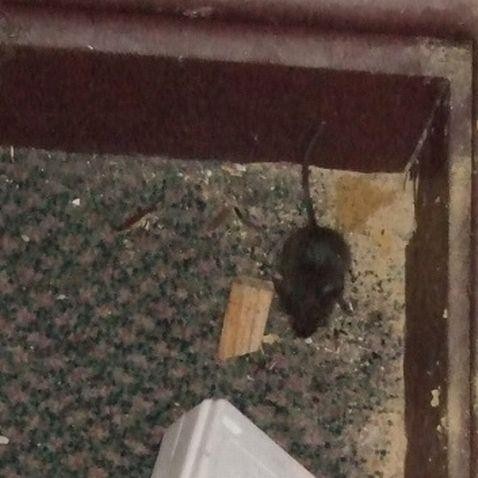Gophers live underground and are active all year round. They spend almost all their time in underground tunnel systems, and you might be unaware that gophers are living under your turf unless you see a gopher hole and mound.

Gophers are especially destructive yard pests, as their behavior targets both plants and soil. The first signs of gopher damage are usually the numerous dirt mounds they make all over yards. They dig one to three mounds per day and average 70 per month as they burrow hundreds of feet of tunnels underground.
Gophers are extremely well adapted and built for an underground existence. The gopher lives most of its life beneath the surface where it digs a burrow system. A gopher can create large mounds that may cause damage to passing farm equipment. Additionally, its tunnels often interfere with underground utilities, irrigation and sprinkler systems, dams, fields, and homeowners’ gardens.
Pocket gophers are destructive diggers that can be a nightmare for property owners. They use their sharp claws and teeth to excavate underground tunnels and burrows, which can quickly lead to extreme lawn damage.
Gophers are highly active in the spring and summer. They cause damage to the lawns and plants due to burrow systems that contain 500 or more tunnels that are 6″ to 1′ in depth. They can also cause damage to the slope by undermining erosion. Gophers have teeth that are capable of gnaw-damage to water lines and sprinkler systems. They are solitary and, compared to other pests, are relatively slow breeders.
Go away gophers: Calgary homeowners frustrated with rodents
May 22, 2019
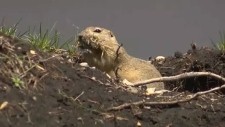
Calgary’s long winter is over and many people are enjoying the sunshine but there are some unwelcome residents among many gardens too.
Gophers or Richardson’s ground squirrels may look cute to the casual observer but experts in the pest control field say the rodents are a big nuisance.
“They do a lot of damage by tunneling. They go about one metre deep and just do a lot of destruction when they burrow,” says Conrad Mueller, president of Absolute Pest Control.
Strychnine ban for gophers pondered
By Barb Glen │August 9, 2018
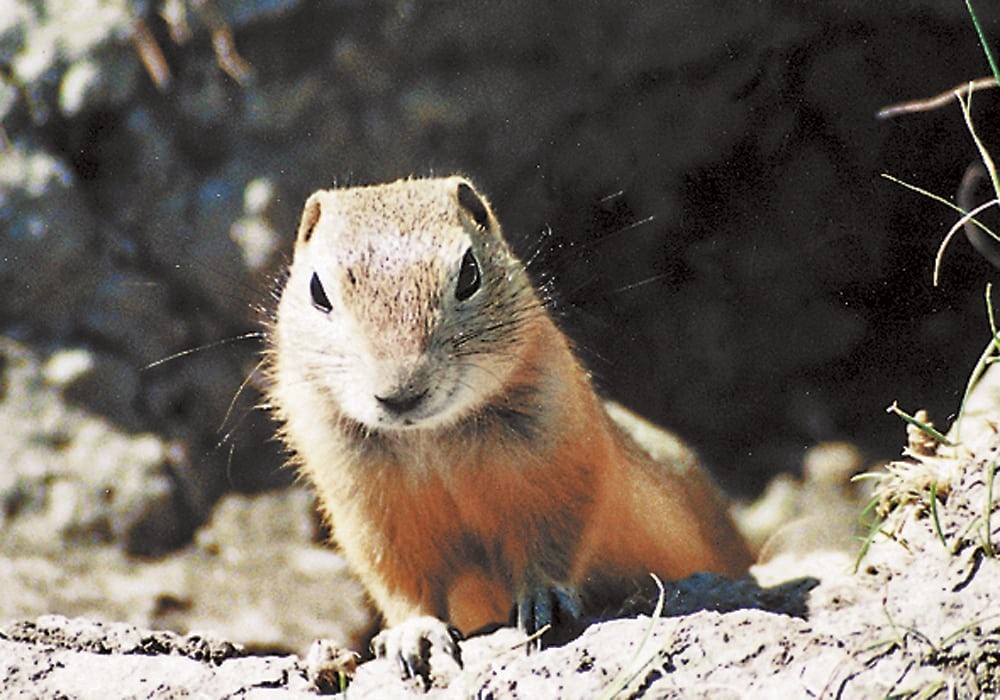
Health Canada proposes to end the use of strychnine to control ground squirrels and is seeking public input on the matter until Sept. 27.
The proposal stems from a regular review of pesticides under the Pest Management Regulatory Agency.
In its consultation document, Health Canada said strychnine kills ground squirrels, also commonly called gophers, but it also kills non-target species that might eat either the poison-treated grain used to attract gophers or scavengers that eat the dead rodents.
Trapping is not the appropriate way to deal with these gophers. Usage of smoke balls is extremely lethal.
C Tech Corporation provides you with an eco-friendly solution against gophers. Our product CombirepelTM is an extremely low toxic, extremely low hazard, non-mutagenic anti-rodent, and animal aversive repellent. It can be effectively used against gophers and other similar damage causing rodents like voles, moles, rats, etc.
CombirepelTM is a product manufactured based on green technology. Our product is RoHS, RoHS2, RoHS3, NEA, APVMA, EU BPR compliant, and FIFRA exempted which proves the low toxic and environmental safety concerns.
CombirepelTM is available in the form of masterbatch, liquid concentrate and lacquer.
CombirepelTM Masterbatch is incorporated while processing in polymer-based products such as drip irrigation pipes, electric supply cables, etc.
CombirepelTM Liquid concentrate is to be mixed in paints in proper proportion and CombirepelTM lacquer is a direct topcoat application which can be applied on fences, installed products, walls, pipes, etc.
If you are facing nuisance caused by rodents, write about it to us at technical.marketing@ctechcorporation.com
Also, visit
our websites:
http://www.ctechcorporation.com/
http://www.rodrepel.com/
http://www.termirepel.com/
http://www.combirepel.com/
Follow our Facebook pages at:
1] https://www.facebook.com/Combirepel-411710912249274/
2] https://www.facebook.com/Termirepel-104225413091251/
3] https://www.facebook.com/Rodrepel-120734974768048/
Follow us on our Twitter pages at:
1] https://twitter.com/rodrepel
2] https://twitter.com/termirepel
3] https://twitter.com/combirepel

